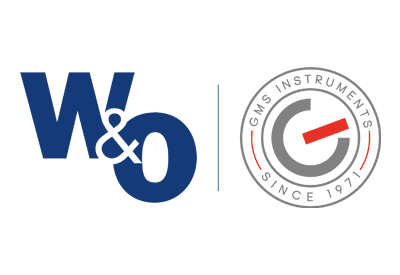
Flow
Flow indicators
Flow indicators are part of the flow spectrum of instrumentation and are therefore used to measure the amount of liquid, gas or vapour that passes through the indicator. Flow indicators can also be known as flow gauges or liquid meters. The indicators go by different names because they could be used for multiple purposes. For example, a flow indicator can be used as time measuring units (these measure flow rates over a set time). They can also be totalising flow meters that continually measure the medium passed through.
The fluid that passes through the flow indicator is either indicated by the use of a transducer/transmitter or analogue display. The transmitter produces an output signal from the raw transducer signal.
Types of Flow indicators
The most commonly used types of flow indicators are paddlewheel or turbine flow indicators. Paddlewheel flow indicators are connected to a process with the liquid passing through and turning a paddle wheel. The primary device calculates the speed as the paddle is turned. This simple structure is compact and can perform a large-capacity measurement. Disadvantages are clogging, and maintenance is required to cope with the axial wear; otherwise, the paddle needs replacing.
